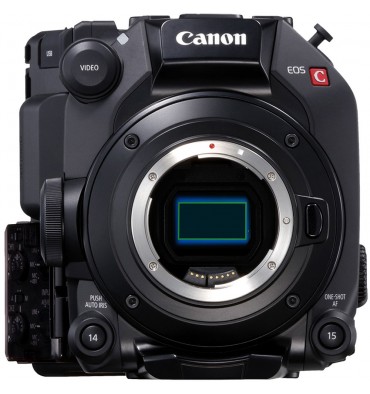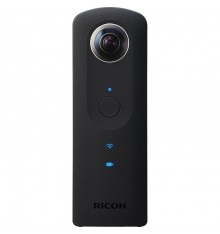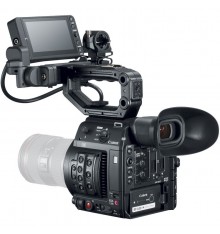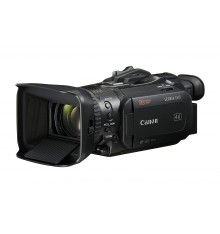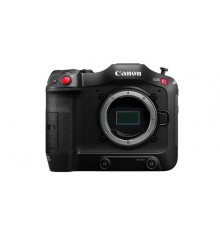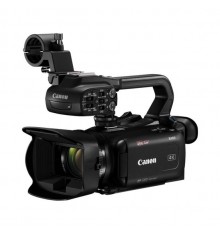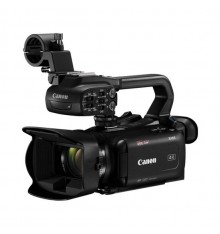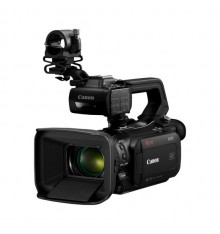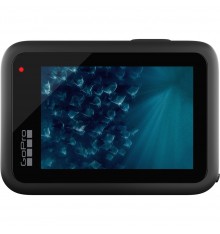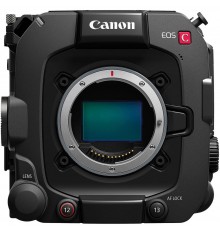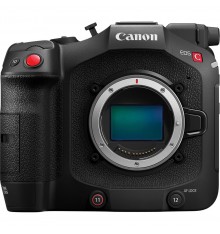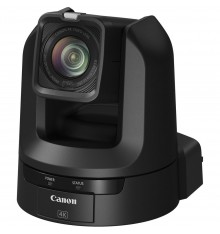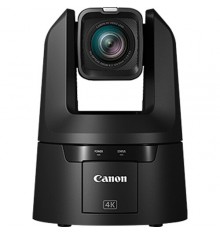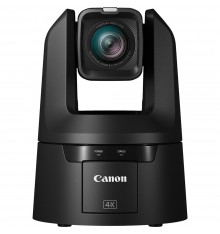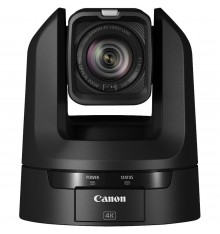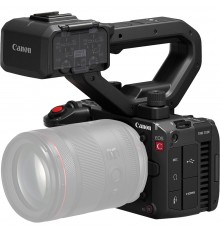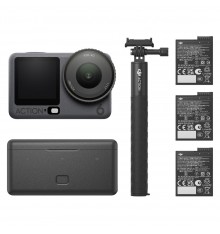New 4K Super 35mm CMOS sensor for breath-taking image quality
Equipped with a newly developed 4K Super 35mm DGO sensor and DIGIC DV7 image processor, the EOS C300 Mark III delivers an exceptional high-resolution image with 16+ stops of latitude.
It also has an impressive low light capability, with improved low noise, of up to ISO 102,400 where the human eye cannot easily see.
It also has an impressive low light capability, with improved low noise, of up to ISO 102,400 where the human eye cannot easily see.
Super 35mm DGO (Dual Gain Output) Sensor generates HDR in real time
The DGO sensor is a newly-developed imaging system that offers exceptionally clean low light image quality as well as superb HDR acquisition capabilities.
On the DGO sensor, each pixel will read out the image with two different amplification levels, one high and one low, which will then be combined to make a single image. The higher amplification read-out is optimized to capture clean details in darker areas, while the lower amplification read-out is optimized to capture the details in brighter areas. Hence, when combined together at pixel-level accuracy, the details and the qualities on both the highlight, as well as the low light areas will be maintained and enhanced which enables the camera to achieve an impressive higher dynamic range of up to 16+ stops.
The new DGO sensor is also compatible with Dual Pixel AF giving the user greater freedom to achieve the image they desire.
High frame rates up to 120fps in 4K
The EOS C300 Mark III supports continuous 4K recording at up to 120fps, in both Cinema RAW Light and XF-AVC. In 2K (crop) mode, frame rates from 12 fps up to 180 fps can also be set for greater creative freedom, while a dedicated Slow & Fast button, provides quick access to the desired Slow & Fast setting.
Support for in-body Electronic IS
The EOS C300 Mark III incorporates Electronic Image Stabilization (IS) into the camera body, supporting 5-axis camera shake correction. Even when used with lenses with no electronic lens communication, Electronic IS is possible by manually inputting the focal length.

